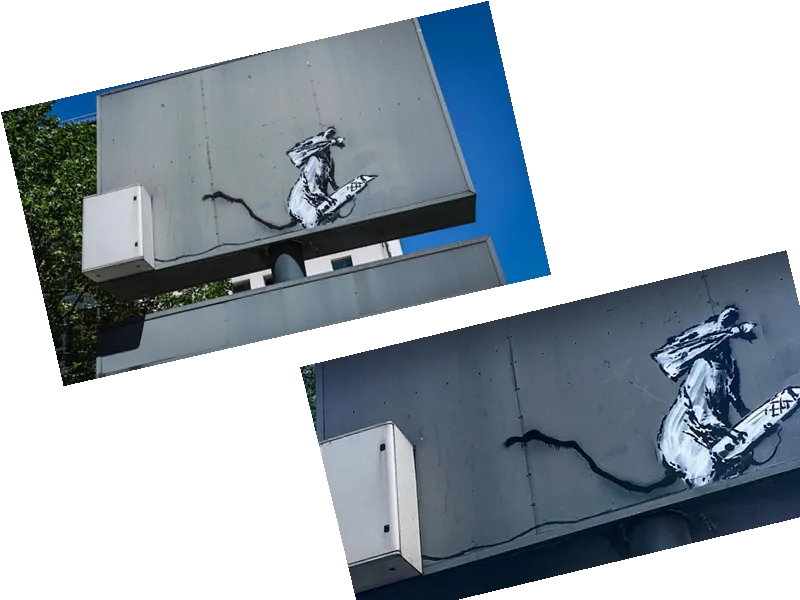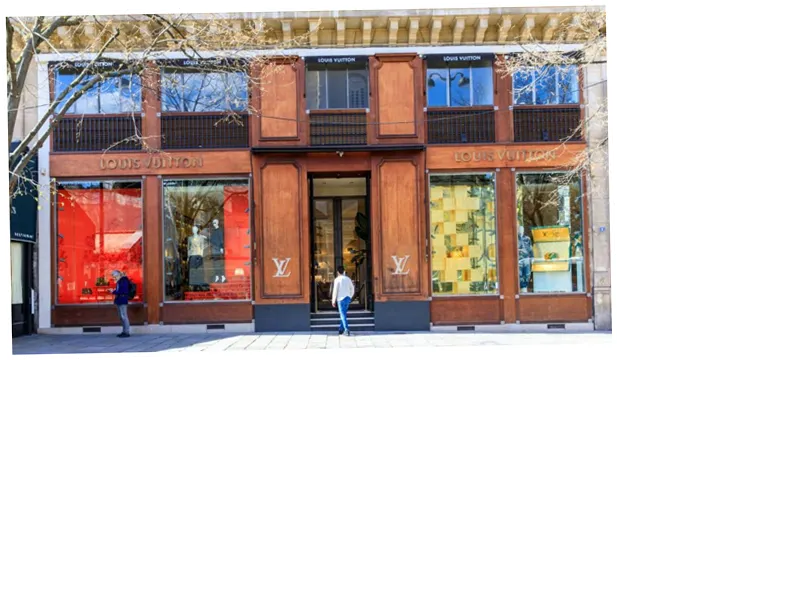Street Art Theft Leads to Prison Sentence
In a significant ruling, the Paris judicial court has sentenced Mejdi R., a 38-year-old artist from Val-d'Oise, to two years in prison and a €30,000 fine for the theft of Banksy's 'Rat au cutter'. This graffiti was stolen from a road sign near the Beaubourg museum in Paris on the night of August 31 to September 1, 2019. The theft was meticulously planned, with the thieves disguised as workers using a bucket truck and construction vests.
Court's Decision and Compensation
During the trial, Mejdi R. claimed that he acted on Banksy's request to protect the artwork from being misused. However, the court did not accept this defense. The prosecutor had initially requested 18 months in prison, a €50,000 fine, and community service. The court, however, reclassified the facts and determined that the graffiti was a cultural property, with the Georges Pompidou museum as its custodian. Mejdi R. was ordered to compensate the museum €3,566 for material damage, €3,000 for moral damage, and €3,000 in lawyer's fees.
Previous Incidents and Broader Implications
This case is not an isolated incident. In June 2022, eight men were sentenced for stealing or transporting a Bataclan door decorated with a Banksy painting. These cases highlight the legal complexities surrounding street art, ownership, and cultural property. Mejdi R.'s case underscores the severe consequences of such thefts, including significant prison time and financial penalties.
- Mejdi R. will also have to compensate a former neighbor €1,500 for stealing the license plates of his truck to disguise the bucket truck used in the theft. The neighbor was initially suspected and detained by the police.
- The court's ruling emphasized that street art, despite its public and often temporary nature, is considered cultural property. This decision could set a precedent for future cases involving the theft or unauthorized removal of street art.
- Mejdi R. has ten days to appeal the court's decision. His defense argued that the street art did not belong to the museum and thus could not be classified as stolen property. However, the court maintained that the museum acted as the custodian of the artwork.






